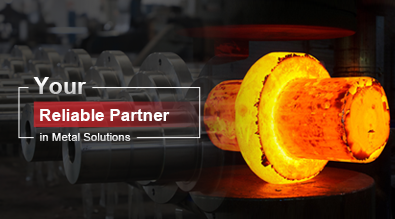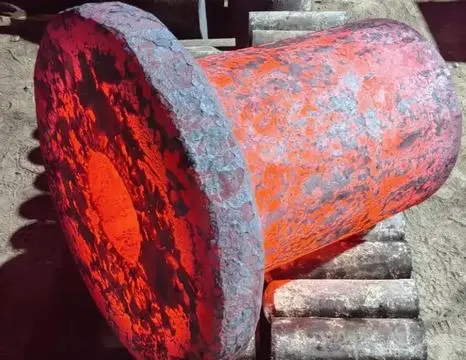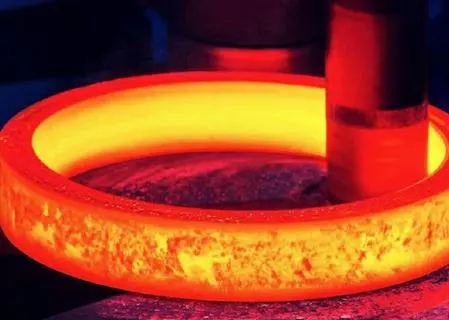Preparing the Sand Mixture
Selecting the Right Sand Type
The foundation of any successful sand casting mould lies in the selection of appropriate sand. Silica sand is commonly used due to its high heat resistance and availability. However, depending on the specific requirements of your casting project, you may need to consider alternatives such as olivine or chromite sand. These specialized sands can offer improved thermal stability and surface finish for certain applications in the aerospace or medical equipment industries.
Adding Binders and Additives
To enhance the sand's binding properties and overall mould strength, various binders and additives are incorporated into the mixture. Clay binders, such as bentonite, are frequently used to improve the sand's plasticity and green strength. For more demanding applications in the oil and gas sector, chemical binders like furan or phenolic resins may be employed to achieve superior mould integrity and dimensional accuracy.
Achieving the Optimal Moisture Content
Proper moisture content is critical for achieving the right balance between mould strength and permeability. Too little moisture can result in weak, crumbly moulds, while excessive moisture can lead to gas defects in the final casting. The ideal moisture content typically ranges from 2% to 4%, but this may vary depending on the specific sand casting composition and the requirements of your casting project.
Forming the Mould Cavity
Creating the Pattern
The pattern serves as a template for the final cast part and is typically made from materials such as wood, metal, or plastic. In the automotive and aerospace industries, where precision is paramount, computer-aided design (CAD) and 3D printing technologies are increasingly used to create highly accurate patterns. The pattern must be designed with appropriate draft angles and shrinkage allowances to ensure easy removal and compensate for metal contraction during cooling.
Ramming the Sand
Once the pattern is placed in the moulding box, sand is carefully packed around it using manual or pneumatic rammers. The ramming process is crucial for achieving the right density and compaction of the sand, which directly affects the mould's strength and surface finish. In high-volume production environments, such as those found in the agricultural machinery sector, automated moulding machines are often employed to ensure consistency and efficiency in the ramming process.
Forming Gating and Risering Systems
Proper gating and risering systems are essential for ensuring smooth metal flow and minimizing sand casting defects. The gating system, comprising sprue, runners, and ingates, must be designed to promote laminar flow and reduce turbulence during pouring. Risers, on the other hand, serve as reservoirs of molten metal to compensate for shrinkage during solidification. For complex castings in the oil and gas industry, computer simulation software is often used to optimize these systems and predict potential issues before production begins.
Finishing and Quality Control
Mould Assembly and Closing
After the mould halves are formed, they must be carefully assembled and closed to create the complete mould cavity. This step requires precision to ensure proper alignment and sealing of the mould parts. In industries where tight tolerances are critical, such as aerospace and medical equipment manufacturing, specialized mould closing systems and alignment pins are used to guarantee accurate mating of the mould halves.
Surface Finishing and Coating
To improve the surface finish of the final casting and prevent metal penetration into the sand, mould coatings or washes are often applied. These coatings, typically composed of refractory materials suspended in a carrier liquid, can be brushed, sprayed, or dipped onto the mould cavity surface. The choice of coating depends on factors such as the metal being cast, the desired surface finish, and the specific requirements of the end-use application.
Quality Inspection and Testing
Before pouring, the completed sand casting mould undergoes rigorous quality checks to ensure it meets the required specifications. This may include visual inspections for defects, dimensional checks using coordinate measuring machines (CMMs), and non-destructive testing methods such as X-ray or ultrasonic scanning. For critical components in industries like aerospace or oil and gas, additional testing such as hardness measurements or metallographic analysis may be performed on test castings to verify the mould's performance.
In conclusion, making a high-quality sand casting mould requires careful attention to detail, from selecting the right sand mixture to implementing proper quality control measures. By following these guidelines and leveraging advanced technologies where appropriate, manufacturers can produce sand casting moulds that meet the exacting standards of industries such as oil and gas, aerospace, and automotive manufacturing. For expert assistance in sand casting and other metal forming processes, don't hesitate to reach out to our experienced team at info@welongpost.com. We're here to help you achieve superior results in your metal casting projects.




